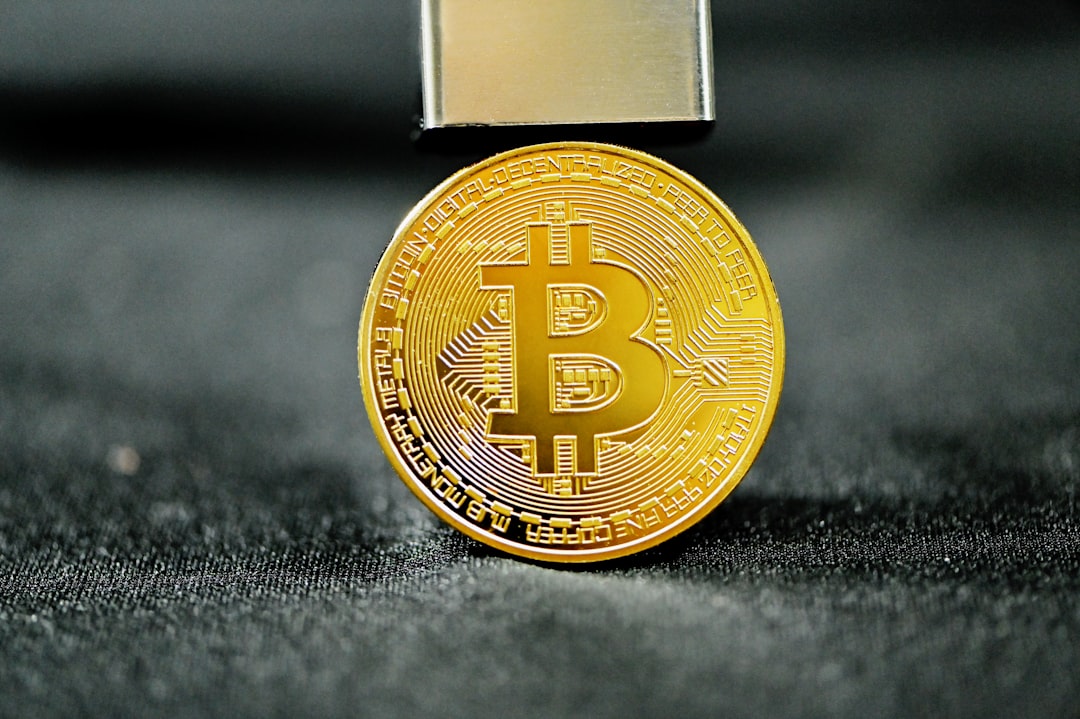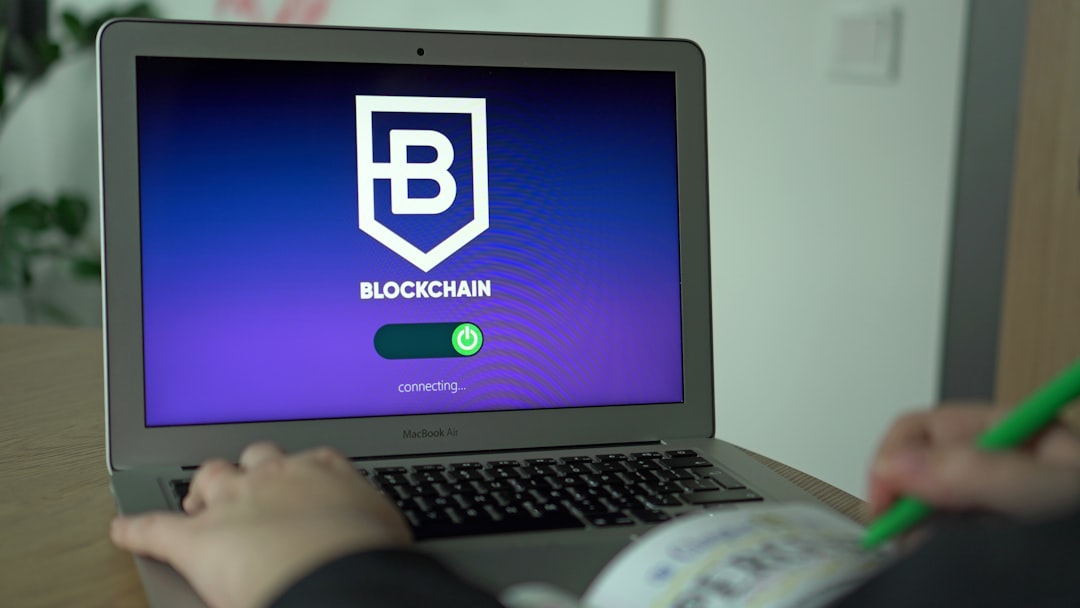In recent years, the intersection between blockchain technology and sports, particularly football, has sparked the emergence of novel financial and fan engagement innovations. One of the most intriguing developments is the integration of crypto tokens through platforms such as Memefi. These digital assets are more than just tradable cryptocurrencies—they represent community value, fan identity, and in some cases, direct influence over club decisions. To understand how football clubs are leveraging blockchain and Memefi technologies, it’s important to unpack the code, infrastructure, and integration processes powering these projects.
What is Memefi?
Memefi is a decentralized web3 platform that allows the creation and distribution of meme-driven crypto tokens, often aligned with online communities, cultural moments, or fandom movements. In the context of football, Memefi provides tooling and code libraries that clubs, fan bases, or independent developers can use to launch tokens representing teams, players, or shared experiences in the sport.
These tokens can be used for a myriad of purposes, including:
- Voting rights on club-related decisions
- Exclusive digital content and collectibles
- In-stadium perks and merchandise discounts
- Fantasy league participation and rewards
- Gamified fan engagement campaigns
The Technical Side: Understanding Memefi Code
The world of crypto tokens might appear complex at first, but Memefi streamlines the process through its open-source smart contracts and development kits. These typically include Ethereum Solidity code designed to deploy ERC-20 or ERC-721 tokens, depending on the specific use case.
Here’s a breakdown of how the Memefi code works under the hood:
1. Smart Contract Deployment
Smart contracts are the backbone of any crypto token. Memefi provides templates for both fungible and non-fungible tokens. In football applications, Fungible tokens (ERC-20) are generally used to represent fan currency—tradable, holdable, and usable for various utilities. Non-fungible tokens (ERC-721), on the other hand, are ideal for unique digital memorabilia or limited edition rewards.
A simplified version of the token creation code might look like this:
pragma solidity ^0.8.0;
import "@openzeppelin/contracts/token/ERC20/ERC20.sol";
contract ClubFanToken is ERC20 {
constructor(uint256 initialSupply) ERC20("ClubFanToken", "CFT") {
_mint(msg.sender, initialSupply);
}
}
This ERC-20 contract defines a token named “ClubFanToken” with a supply minted to the deployer’s wallet. Integrating this code on platforms like Memefi makes it easier for clubs to mint and manage tokens without deep blockchain knowledge.
2. DAO Integration
One exciting application of Memefi tokens is user governance. Through DAO (Decentralized Autonomous Organization) frameworks, fans can use their tokens to vote on decisions such as kit designs, team songs, or sponsorship deals. Memefi’s codebase often includes DAO scripting tools that make this integration seamless.
For example, using DAO frameworks like Aragon or Snapshot with Memefi, clubs can set up proposals where each token counts as a vote. This promotes fan governance and adds transparency to sports management.
3. Wallet and Platform Connectivity
Memefi-based tokens are designed to be easily compatible with major crypto wallets such as MetaMask, Trust Wallet, and Coinbase Wallet. Developers also integrate token metrics into club apps and websites to track ownership, activity, and trade volume, giving clubs valuable insights into fan behavior and participation.
Blockchain oracles can also be used to fetch real-world data like match statistics or player rankings directly onto the blockchain, enabling dynamic token functionalities tied to in-game performance.

Blockchain Integration in Football: Use Cases and Success Stories
Several football clubs and organizations have successfully integrated crypto technologies to expand their fan engagement strategies and revenue models. Let’s explore some prominent examples that have used a model similar to Memefi:
1. Fan Tokens by Socios.com
Clubs like FC Barcelona, Juventus, and Paris Saint-Germain have partnered with blockchain platform Socios.com to issue fan tokens. These tokens allow voting on club decisions, access to promotions, and participation in club events. The technology behind these tokens relies on a permissioned blockchain called Chiliz, but the code architecture shares similarities with Memefi’s approach.
2. Digital Collectibles and NFTs
Players such as Lionel Messi and Cristiano Ronaldo have entered the NFT space offering digital memorabilia like video clips, autographs, and trading cards. These assets use ERC-721 smart contracts much like those available through Memefi’s code templates.
3. Grassroots Club Funding
Lower-tier and community-funded clubs are using Memefi tokens to raise capital by selling a stake in club decisions. This form of tokenized crowdfunding helps clubs build long-term relationships with their supporters and democratize club management.

Tokenomics: Designing a Sustainable Football Economy
For football crypto tokens to thrive, a well-thought-out tokenomic strategy is essential. Tokenomics involves crafting the supply, distribution, and utility structure of tokens to ensure long-term value and robust community involvement.
Key aspects of effective tokenomics include:
- Scarcity: Limiting maximum token supply to create a sense of value and exclusivity.
- Utility: Ensuring tokens have real use, such as voting, exclusive access, or rewards.
- Incentivization: Staking or holding tokens to earn rewards or participate in raffles.
- Burning Mechanisms: Reducing supply over time to prevent inflation and keep a balanced market.
- Liquidity Pools: Enabling easy trading through decentralized exchanges (DEXs) while maintaining price stability.
Given football’s passionate global fanbase, tokenomics designed around loyalty, exclusivity, and real-world rewards can see widespread adoption—even among fans who are new to blockchain.
Risks and Regulatory Considerations
Despite the excitement, integrating blockchain solutions such as Memefi in football isn’t without risks or challenges. Both creators and participants must be aware of the following:
- Regulatory Challenges: Some jurisdictions classify crypto tokens as financial instruments, requiring licenses or disclosures.
- Market Volatility: Token prices can fluctuate based on speculation, risking fan investment value.
- Security Flaws: Poorly written smart contracts or wallet vulnerabilities can lead to theft or corruption.
- Over-commercialization: Excessive monetization of fandom may lead to community backlash.
To address these risks, organizations should follow transparent practices, conduct smart contract audits, and work closely with legal consultants adapted to crypto law—still a developing field worldwide.
The Future of Memefi and Football Blockchain Integration
Looking ahead, Memefi’s role in the football ecosystem appears set to evolve even further. Developers are experimenting with adding artificial intelligence, augmented reality, and real-time match streaming features powered by blockchain. Instead of being just a fan, supporters can become active stakeholders in their favorite clubs’ journeys.
Moreover, clubs are realizing the immense potential of creating micro-economies powered by their own branded tokens. Stadium purchases, ticketing, merchandise, and even player-related fantasy stats could be tokenized and stored on decentralized ledgers. These innovations not only improve fan engagement but also open new revenue streams for clubs.
Memefi, by continuing to simplify token creation and providing transparent, secure codebases, is likely to remain at the center of this digital transformation in football.
Final Thoughts
The football world is undergoing a seismic shift with blockchain technology at its core. Memefi and similar platforms are paving the way for decentralized fan experiences, value-driven engagement, and innovative financial models. As clubs strive to connect more personally and transparently with supporters, integrating these technologies will be less of a novelty and more of a necessity.
Whether it’s to democratize decision-making or immortalize fandom through NFTs, the opportunities that Memefi code provides are both exciting and transformational. Football, the world’s most popular sport, may very well be the most fertile ground for blockchain’s real-world impact.
